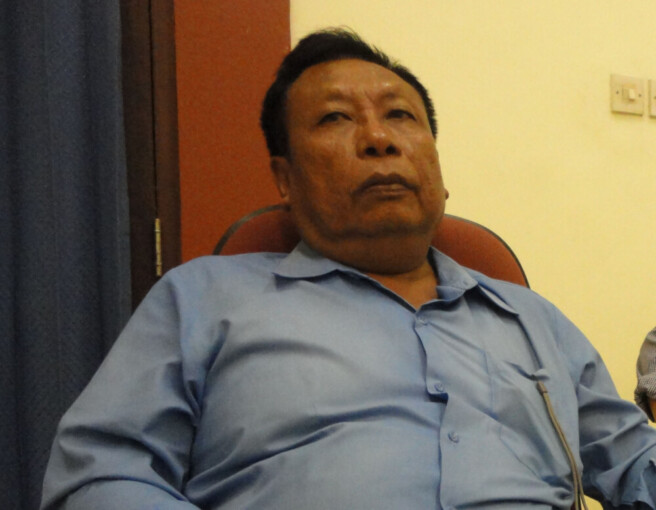
Indonesia has no other choice than developing gas as new energy alternative to replace depleting fossil fuels. In 2013 there were as many as 70,000 million KL with production only reached 40,000 million KL. The number of motorised vehicles increases to 1.2 millions of cars and 8.4 millions of motorcycles whilst from 2006-2012 passenger vehicles grew by 9.6 percent, bus 9.55 percent, truck 9.5 percent and motorcycles 15.45 percents. These led to the increase in fuel subsidies, which in 2014 reached as high as 228.62 trillions.
“This condition may cause the government to encourage conversion from fuel to gas in a bid to reduce the use of fuels. State budget will be more burdensome if people keep relying on fuels,” said Gigih Prakoso, Corporate Strategic Growth director from state oil enterprise PT Pertamina in the National Congress on Energy Sovereignty in University Club (UC) UGM on Wednesday (19/11).
Gigih explained exploration of unconventional energy development as alternative energy will be conducted to fulfill the shortage in fuel and gas supplies. By year 2025, Pertamina will target new energy and renewable energy at 25 percent of energy mix percentage.
Gigih explained Pertamina has devised a strategy to support the conversion programme, among others by supplying gas and distributing it to users across Indonesia, increasing gas production through investment in gas production, and developing new and renewable energy that are environmentally friendly, and taking merger acquisition by purchasing existing gas blocks in the country and overseas.
Ir. Heri Purnomo, MEMD., Secretary of Oil and Gas Directorate General, said the strategic fuel and gas development project in Indonesia has a bright prospect.
“Taking into account the availability of infrastructure, the scale of reserves and the country’s economic condition, the Directorate General has set up the priority in the use of gas, namely increase in fuel and gas production and electricity supplies at lower costs,” he said.

